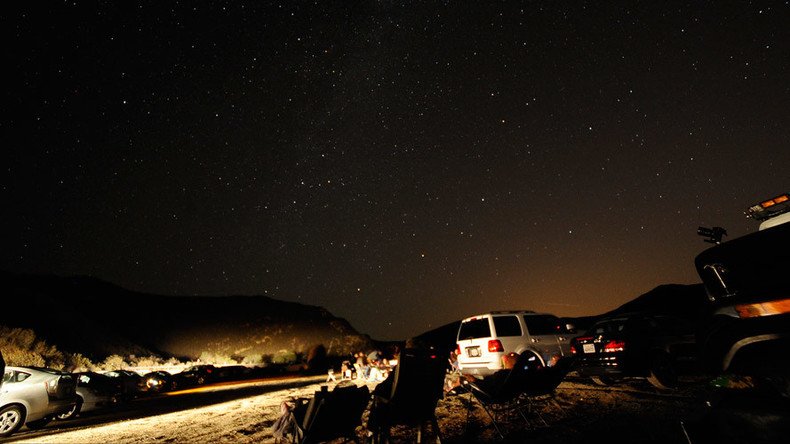5 planets will be visible to naked eye before dawn for first time in 11 years

For the next few weeks, Earth’s five closest planetary neighbors – Mercury, Venus, Saturn, Mars and Jupiter – will all “align” for the first time since 2005. No telescopes are necessary, but some tips and trivia will make the visuals much more memorable.
While the planets won’t be literally lined up, their positions along the ecliptic plane will form a diagonal line. The ecliptic is the sun’s perceived path, which it exhausts in about the same time the Earth completes one orbit – 365 days.
It’s a baby-planet! Scientists watch new planet being born from dust (VIDEO) https://t.co/a4MsyAtO8Fpic.twitter.com/Nm4HXUdMSe
— RT America (@RT_America) November 19, 2015The spectacle will last about 45 minutes before dawn every day between January 20 and February 20, though the prime time is the last week of January and first week of February, according to Sky and Telescope.
Based on sunrise times calculated by the US Naval Observatory for January 20, people in Los Angeles should look out to the stars at about 6:12am, New Yorkers can wait until 6:30am, Texans until about 6:32am, and those in Phoenix, Arizona may wait until 6:46am to enjoy the view until their sunrise at 7:31am.
If you are up before sunrise for the next few weeks you could see 5 planets lined up. pic.twitter.com/jKHzRfgdIb
— KWWL (@KWWL) January 19, 2016During these next few weeks, according to Sky and Technology, the light reflecting from Mercury reaches Earth in about six and a half minutes, while the light bouncing off Saturn takes almost 90 minutes to get here. That provides a sense of just how much space is being covered from just one viewing perspective.
The easiest way to get started is to find Venus, the brightest planet due to its toxic clouds making it harder for the sun’s light to escape. The closest planet to the sun is Mercury, but it will actually be the most difficult to see as it will be very close the horizon. Jupiter is the second brightest, and between it and Venus is where Mars, a red dot, will also be relatively easy to spot.
Jason Kendall, board member of the Amateur Astronomers Association of New York, took to YouTube to give a helpful tip for less experienced stargazers. To tell the difference between a star and a planet, the person should extend their thumb at arm’s length, then use one eye to watch it pan over objects in the sky. If the object blacks out quickly, then it’s a star, but if it just dims slightly, it’s a planet.
If the winter weather is too cold, wait until August 13-19, when the five planets will return once again. AT this time, though, Mercury and Venus are expected to be more difficult to see, especially from higher latitudes as they will be on the western horizon.












